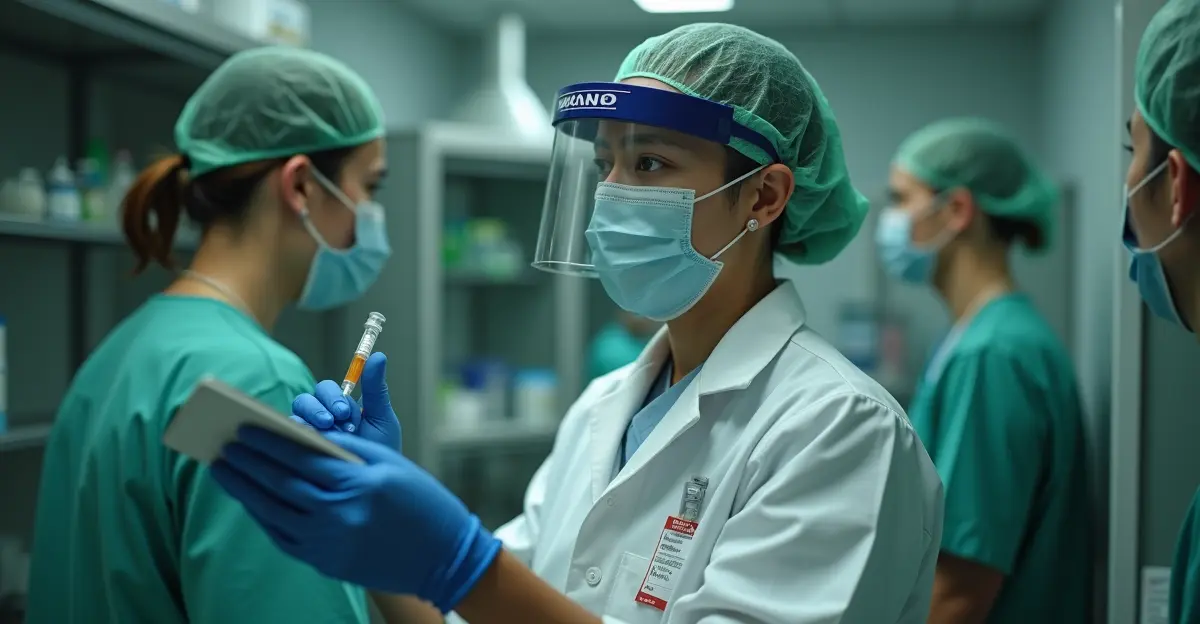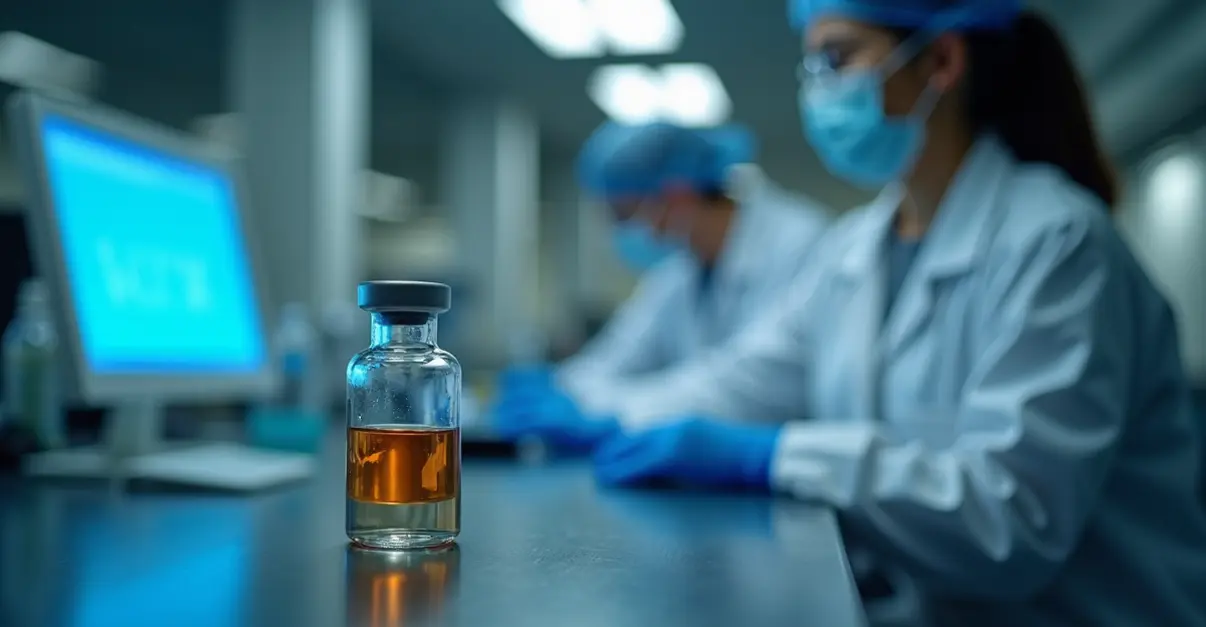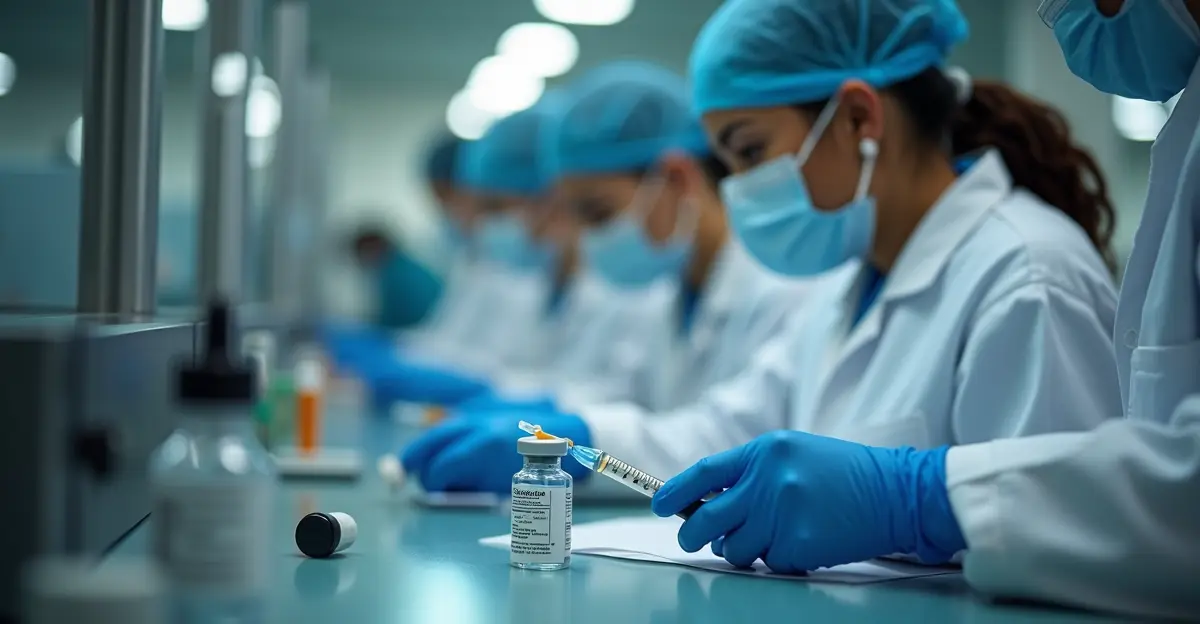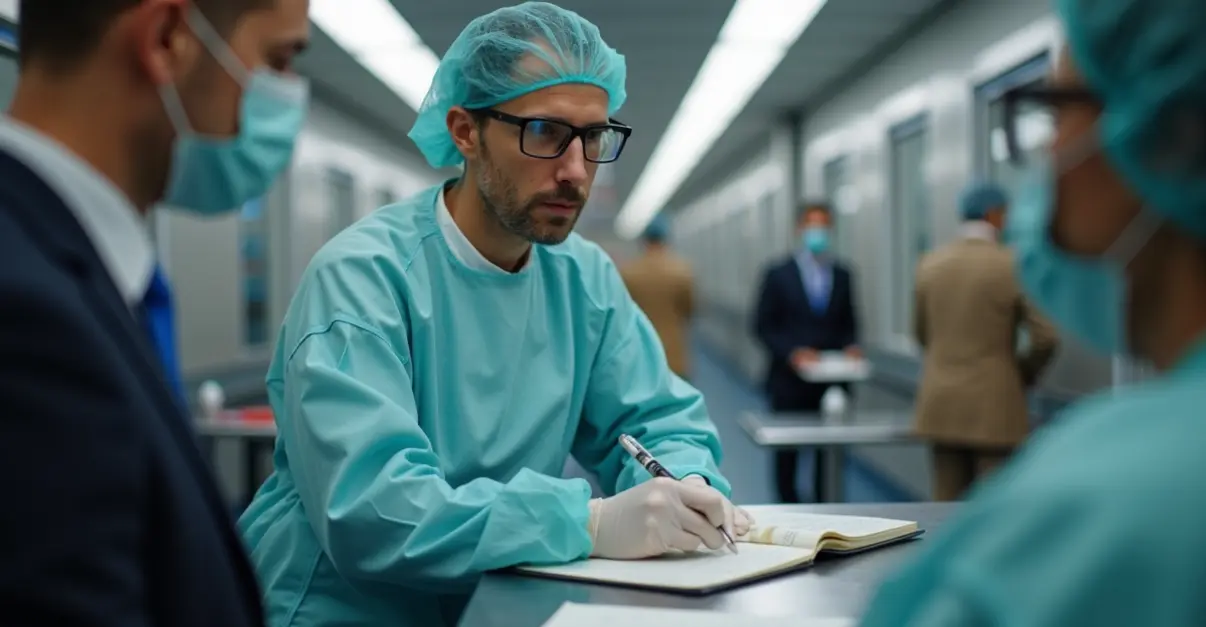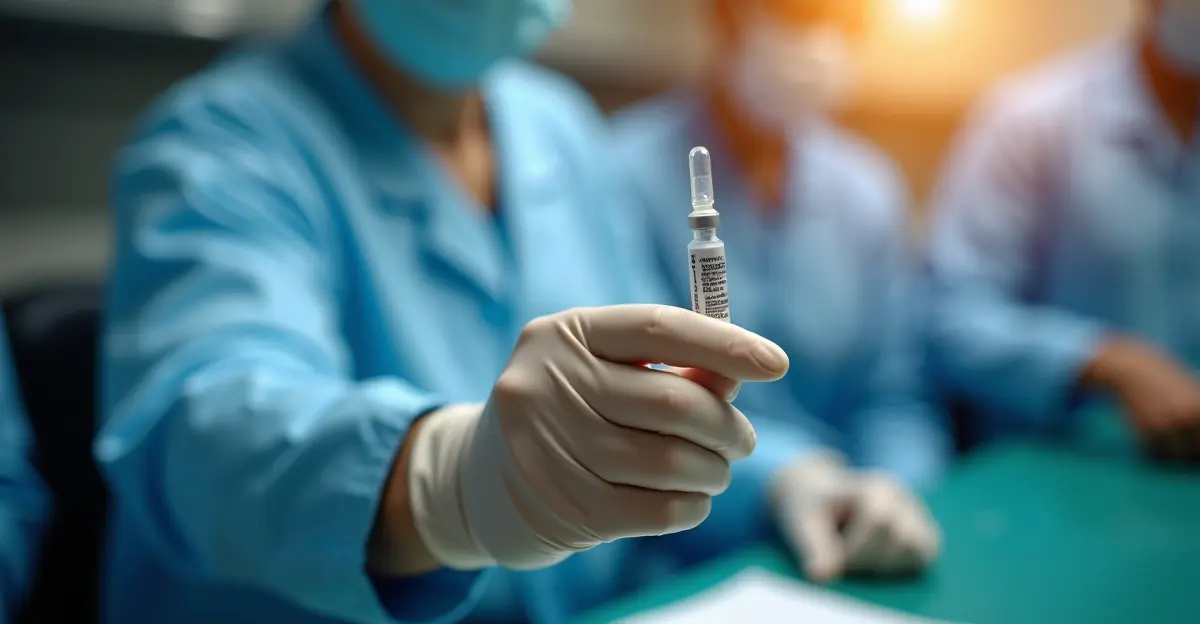Global vaccine manufacturing capacity expands through 2025 technology transfer agreements and supply chain localization. WHO's mRNA program advances to Phase 2.0, Africa strengthens production capabilities, and the Pandemic Agreement sets new standards for equitable access.
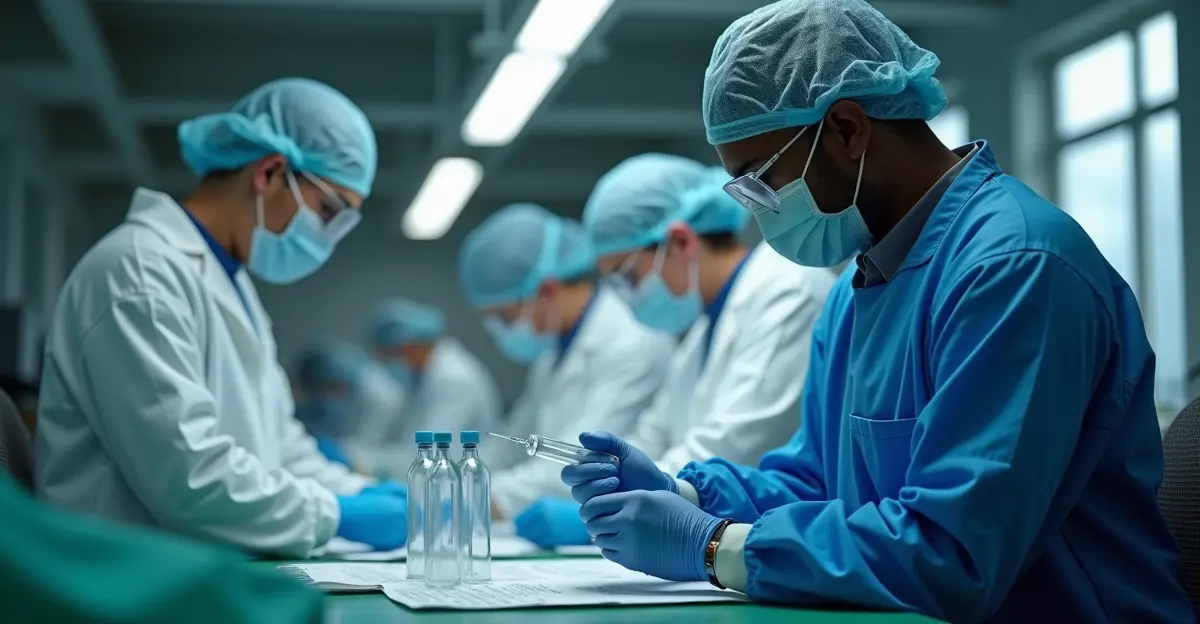
Global Vaccine Manufacturing Capacity Expansion Accelerates in 2025
In a landmark year for global health security, 2025 has witnessed unprecedented progress in expanding vaccine manufacturing capacity worldwide through strategic technology transfer agreements and supply chain localization initiatives. The lessons from the COVID-19 pandemic, which exposed critical vulnerabilities in global vaccine distribution, have catalyzed a fundamental shift toward regional manufacturing capabilities and equitable access.
Technology Transfer Breakthroughs
The World Health Organization's mRNA Technology Transfer Programme has entered its crucial Phase 2.0, transitioning from proof-of-concept to sustainable commercial manufacturing. 'We are moving from technology acquisition to building economically viable manufacturing ecosystems that can pivot during health emergencies,' explains a WHO spokesperson. The program has already enabled 15 partners across Latin America, Africa, Eastern Europe, and Asia to receive foundational mRNA technology, with plans to expand to GMP-grade production of vaccines and therapeutics.
According to WHO documentation, the initiative recognizes diverse regional models rather than one-size-fits-all approaches, with sustainability depending on procurement commitments and cross-border alignment.
Regional Manufacturing Hubs Take Shape
Africa has emerged as a key focus area, with the WHO Regional Office for Africa and the International Vaccine Institute signing a comprehensive Memorandum of Understanding in August 2025. 'This collaboration represents a step toward equity, resilience, and self-reliance for African nations,' stated Dr. Mohamed Janabi of WHO Africa. The partnership focuses on five critical areas: vaccine R&D with clinical trials for regional priority diseases, regulatory strengthening and harmonization, local manufacturing through technology transfer, workforce development, and emergency preparedness.
The agreement, detailed in IVI's announcement, aims to transform African countries from vaccine recipients to producers and innovators, addressing the continent's historical dependency on external supply chains.
Pandemic Agreement Sets New Standards
The landmark Pandemic Agreement adopted by the World Health Assembly in May 2025 establishes groundbreaking obligations for technology transfer and equitable access. As analyzed in The Global Observatory, the agreement represents a significant compromise between Global North and South positions on voluntary versus compulsory technology transfer. 'This breakthrough aims to transform the pandemic response model from charity-based to an equitable ecosystem,' notes global health expert Dr. Sarah Chen.
Supply Chain Localization Timelines
Manufacturing capacity expansion follows ambitious timelines, with many initiatives targeting operational facilities by 2026-2027. The shift toward regional production hubs addresses the critical bottlenecks identified during COVID-19, including lack of manufacturing facilities, shortage of tech-transfer personnel, and critical raw material shortages documented in Vaccine journal research.
Small population countries are increasingly seen as potential manufacturing hubs that could quickly fulfill domestic needs and contribute to global supplies, countering vaccine nationalism. Research from PMC articles highlights that 12 small countries already have vaccine manufacturing capacity, with opportunities for expansion.
Challenges and Future Outlook
Despite progress, significant challenges remain, including misinformation, shifting donor priorities, high clinical trial costs, and the need for supportive policies. The transition from emergency response to sustainable commercial manufacturing requires careful economic planning and long-term commitment.
'The entire production system for vaccines and essential medicines requires rethinking to better prepare for future health crises,' emphasizes manufacturing specialist Dr. James Rodriguez. As global health leaders continue to build on 2025's momentum, the focus remains on creating resilient, equitable vaccine manufacturing networks that can respond rapidly to future pandemics while ensuring fair access for all nations.

 Nederlands
Nederlands
 English
English
 Deutsch
Deutsch
 Français
Français
 Español
Español
 Português
Português




